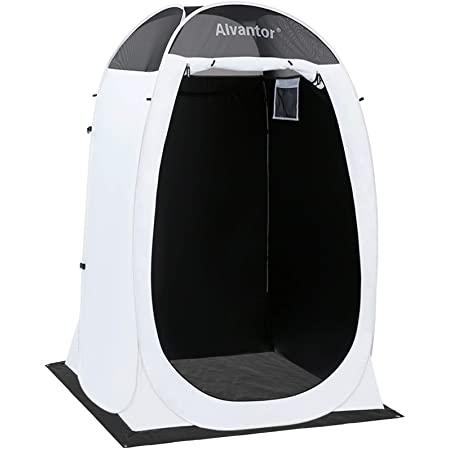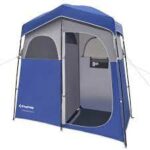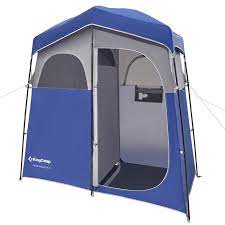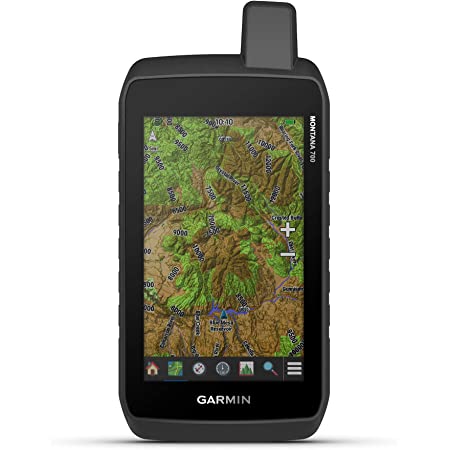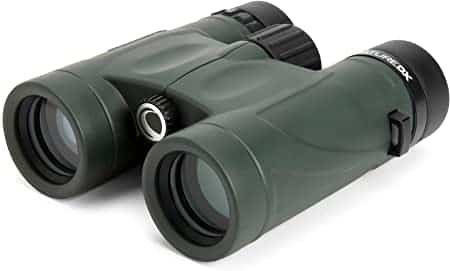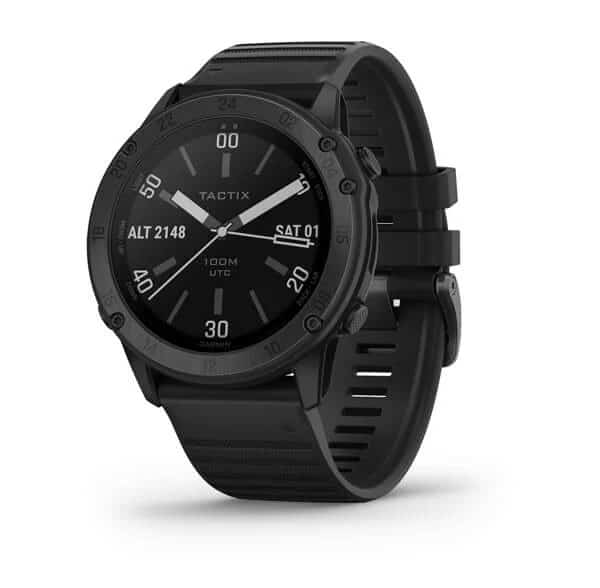
Updated November 1, 2024
Designed for the rigors of surfing, board shorts also provide excellent service for other water sports like scuba diving or waterskiing and have the styling to look great on the beach.
To find the board shorts to suit what you have in mind for them, you face a vast market of thousands available. What features are important? How can I make my choice? To help get some answers to those questions, some of the best across the range have been selected as an introduction. There is a comparison table to begin, followed by descriptions, specifications, features, photos, and a buying guide.
Please let me know in the comments section at the bottom if you have any questions or concerns. I’d love to know your thoughts.
For other reviews of surfing-oriented products and accessories, please check out these popular posts or refer to the menu at the top:
Women’s Swim Shorts Men’s Swimming Trunks Surfing Watches Soft Top Surfboards Surfboards for Kids Beginner Surfboards Surfboards Surfboard Car Racks Surf Booties Surfing Wetsuits Surfboard Travel Bags Men’s Rash Guards Women’s Rash Guards Dive Watches Dive Watches for Women Freediving Watches
Best Men’s Board Shorts
- O’Neill Hyperfreak Heist
- Hurley Phantom JJF 5.0
- Rip Curl Mirage Core
- Birdwell 311 Nylon
- Billabong Classic Lo Tide
- Nonwe Quick Dry
- Kanu Surf Barracuda
- Tormentor Waterman 5 Pocket
- RVCA Eastern
- Volcom Deadly Plus Mod
Men’s Board Shorts Comparison Table
The O’Neill Hyperfreak Heist board shorts are made of anti-rash, quick-drying, stretchy fabric comfortable in the water or for beachwear. Available in 17 attractive color patterns, it has a long 21” outseam with a surf-tie front closure and a hand-zippered side pocket.
- Material: 89% polyester/11% elastane
- Machine washable
- 4-way stretch
- Anti-rash hyperthread
- Water-repellent plasma treatment
- Outseam: 21”
- Colors: 17 designs
- Pockets: side zip pocket
- Closure: fixed waist with surf-tie
- Sizes: 28-44
- Price: $$
Pros: water-repellent, quick-drying, elastic stretch, ant-rash, soft, reputable brand
Cons: no lining
The Hurley Phantom JJF 5.0 board shorts were designed for champion surfer John John Florence. The recycled polyester/spandex mix with an 18” outseam has lean styling that still provides plenty of freedom of movement. Machine-washable and quick-drying, it has a handy mesh zip pocket.
- Material: 85% recycled polyester/15% spandex
- Custom inset side panel
- Machine washable, hang to dry
- Outseam: 18”
- Colors: 5
- Pockets: front zip mesh pocket for secure storage of wax or keys
- Closure: fixed waist with surf-tie
- Sizes: 31-38
- Price: $$
Pros: flexible elastic stretch, quick-drying, designed for 2-time World Champion John John Florence, mesh front pocket
Cons: no lining
The Rip Curl Mirage Core has a comfortable, lightweight 4-way stretch fabric, thick enough not to see through when wet. Quick-drying and machine washable, it is available in 8 attractive, conservative, solid colors with a sturdy welded pocket that has a handy inner key loop.
- Material: 88% recycled polyester/12% elastane
- 4-way stretch
- Machine washable cold
- Quick-drying
- Screen-printed logos
- Outseam: 20”
- Colors: 8
- Pockets: welded right cargo pocket with a waterproof zipper and inner key loop
- Closure: fixed waist with surf-tie
- Sizes: 28-44
- Price: $$
Pros: moderate elastic stretch, quick-drying, non-transparent when wet, moderate length
Cons: some buyers question the sizing, no lining
The Birdwell 311 Nylon board shorts boast a sturdy double and triple-stitched 100% nylon exterior and lining. Comfortable and breathable it has a convenient button-fly and back button pocket for wax with a key loop. There’s a choice of 4 attractive solid colors or camo with the outseam length from 17 to 21 inches governed by the waist.
- Material: 100% nylon for the exterior and lining
- Machine washable cold, hang dry only
- Quick-drying
- Durable double and triple-stitched seams
- Outseam: 17-21” based on the waist size
- Colors: 4 solid colors and camo
- Pockets: buttoned back wax pocket with key loop and interior drain hole
- Closure: fixed waist with nylon surf-tie
- Button fly with clear buttons
- Sizes: 28-42
- Price: $$$
Pros: full nylon lining, no see-through, back pocket for wax and keys, durable, has a button fly, breathable
Cons: some buyers found sizing and fit difficulties, a little expensive
The Billabong Classic Lo Tide board shorts are an attractive choice with 27 color/pattern options. They have comfortable 4-way stretch and are quick-drying with a water-repellent coating. 2 on-seam pockets and a back flap pocket provide plenty of places to keep your stuff and an internally adjustable waistband gives you a secure fit.
- Material: 90% polyester/10% elastane
- 4-way stretch
- Water-repellent coating
- Quick-drying
- Outseam: 19”
- Colors: 27 attractive color and print choices
- Pockets: 2 on-seam pockets and 1 back-flap pocket
- Closure: surf tie and an internally adjustable waistband
- Sizes: 28-40
- Price: $$
Pros: stretchy, breathable, water-repellent, quick-drying, 3 pockets, adjustable waistband, many color choices
Cons: no lining
The Nonwe Quick Dry board shorts are extremely affordable and loaded with features. Fabricated from stretchy, quick-drying material, it has a Velcro side pocket for your wax and an adjustable fit. You have 32 lively beach-themed color designs to choose from that’ll look great on the beach and a 21” outseam that makes them knee-length for most surfers.
- Material: 95% polyester/5% spandex
- Mesh liner
- Quick-drying and breathable
- Outseam: 21”
- Colors: 32 attractive color and print choices
- Pockets: 1 side cargo pocket with Velcro closure
- Closure: surf-tie and adjustable straps
- Sizes: 28-42
- Price: $
Pros: low-priced, stretchy, lightweight, breathable, quick-drying, mesh lining, large side pocket, adjustable fit, many lively color choices
Cons: let me know if you find any
The Kanu Surf Barracuda board shorts are made from lightweight breathable polyester that is water-repellent, quick-drying, and UV-resistant, as well. They have a mesh liner and drawstring closure with an elastic waistband and come in a wide range of sizes up to 5X. The 43 color and print designs come with at least 2 side seam pockets with some models equipped with 1 or 2 cargo pockets.
- Material: 100% polyester microfiber
- Triple-stitched side seams
- Mesh lining
- Water-repellent
- Machine washable
- Quick-drying
- UPF50+ UV protection
- Outseam: 22” (to the knee)
- Colors: 43 attractive color and print choices
- Pockets: 2 side seam pockets (some print choices have cargo pockets, as well)
- Closure: adjustable drawstring with elasticized waistband
- Sizes: 9 – Small through 5X
- Price: $
Pros: low-priced, breathable, quick-drying, mesh lining, pockets, adjustable fit, many lively color choices, extended range of sizes available
Cons: not especially soft
The Tormentor Waterman 5 Pocket shorts are made of lightweight 100% polyester that is durably triple-stitched with the distinctive skeleton fish embroidery on one of the knee-length legs. The identifying 5-pocket designation is a great feature for fishermen and those with items like wax, cell phones, keys, pliers, keys, or coins to store. It has Velcro and a tie-string to secure closure and is available in 15 striking color schemes.
- Material: 100% polyester microfiber
- Triple-stitched side seams
- Quick-drying
- Outseam: length unspecified except to say to the knee
- Colors: 15 attractive colors each with the embroidered fish logo
- 5 Pockets: cargo, cell phone, pliers, coin/keys, inner pocket
- Closure: Velcro and 4-hole tie-string
- Sizes: 26-46
- Price: $$
Pros: quick-drying, 5 specialty pockets, striking color choices, embroidered logo, a wide range of sizes
Cons: no lining, not very stretchy
The RVCA Eastern board shorts, with throwback styling using scalloped legs, is sturdily constructed of a stretchy polyester/elastane mix with a water-repellent coating. The fabric has flexible 4-way stretch and comes in 6 color stylings with a 20” outseam reaching to above the knee.
- Material: 85% polyester/15% elastane
- Triple-stitched
- Scalloped leg
- 4-way stretch
- DWR water-repellent coating
- Machine washable
- Quick-drying
- Screen-print logo
- Outseam: 20”
- Colors: 6 stylings
- Pockets: right-side patch pocket with hook and loop closure
- Closure: fixed waist with surf tie and Velcro
- Sizes: 28-42
- Price: $$
Pros: water-resistant, machine washable, quick-drying, durable triple-stitched seams
Cons: no lining
The Volcom Deadly Plus Mod uses Stone Shield Stretch fabric of polyester/elastane. Stretchy and moisture-wicking, it is sturdily constructed using welded hems and inseam with a welded side-zip pocket. Available in a striking, stark black design, it is comfortable in the water or on the beach.
- Material: 94% polyester/6% elastane
- Welded hems and inseam
- 4-way stretch
- Moisture-wicking
- Heat transfer logo
- Outseam: 20”
- Colors: black
- Pocket: welded side-zip
- Closure: fixed waist with surf-tie
- Cinch fly technology
- Sizes: 28-40
- Price: $$
Pros: moisture-wicking, stretchy, sturdy welded seams, side zip pocket, comfortable
Cons: no lining
Men’s Board Shorts Buying Guide
Fabric
A number of fabrics are used in board shorts including polyester, nylon, cotton, and elasticized fabrics like spandex and elastane.
Because they are durable, lightweight, and quick-drying, polyester and nylon have an overall advantage. Cotton has the benefit of being breathable but is less likely to be employed. These fabrics are often combined with spandex or elastane to create a flexible 2-way or 4-way stretch fabric that can move with your body for a more comfortable feel by decreasing friction.
Size and Comfort
Soft, stretchy material feels more comfortable on the skin with more freedom of movement and less friction.
Most board shorts are available in a wide range of waist sizes. Sometimes buyers who are purchasing online or otherwise don’t have a chance to try them on first and run into problems finding the correct size. Most manufacturers provide some guidelines to help. Otherwise, comments from other buyers can be consulted or you can directly ask the seller about your measurements and sizing needs.
Length is also a consideration. The outseam length for board shorts ranges from around 18 to 24 inches, usually from 18 to 22 inches. Some surfers prefer knee-length and some prefer shorter. If it is just a matter of style and comfort on the beach or perhaps which sport you are involved in, you can rely on your personal preference.
Waist Type
Board shorts are available with a fixed or elastic waistband. The advantage of the elastic version is the adaptability to different waist sizes of different wearers or the gain or loss of a little bit of weight for an individual.
Fixed waistbands come with different closure types including one or more of these methods: a surf tie, Velcro, hook and loop, or buttons.
It is also possible to find a waistband that uses a drawstring that runs around the waist like that of old-style swimming trunks. This style offers some adaptability to different waist sizes.
Use and Purpose
One major reason for the popularity of board shorts is their versatility. They are not only suitable for board sports and a variety of other water sports and water-related activities but also just for showing a little style at the beach or around the pool.
If you are surfing on a standard surfboard or bodyboard where you have significant body contact with the board, long board shorts will serve you best. For other board sports with less body contact like SUP, windsurfing, or skimboarding, a shorter length allowing for more breathability is probably your best choice.
Style
Board shorts come in a huge variety of colors and patterns that give you a chance to really express your sense of style. Unlike swim trunks and swimsuits, they are often versatile enough to wear away from the beach or pool or even to a restaurant or shopping area without requiring you to change clothes.
More Top Board Shorts for Men from Amazon
For other reviews of surfing-oriented products and accessories, please check out these popular posts or refer to the menu at the top:
Women’s Swim Shorts Men’s Swimming Trunks Surfing Watches Soft Top Surfboards Surfboards for Kids Beginner Surfboards Surfboards Surfboard Car Racks Surf Booties Surfing Wetsuits Surfboard Travel Bags Men’s Rash Guards Women’s Rash Guards Dive Watches Dive Watches for Women Freediving Watches
Comments and Feedback
I hope you found this post on board shorts for men interesting and helpful. If you have any questions or ideas, please feel free to share them in the comments section. I’d love to know what you think. If there is no comments section directly below, click here: >>comments<<




















